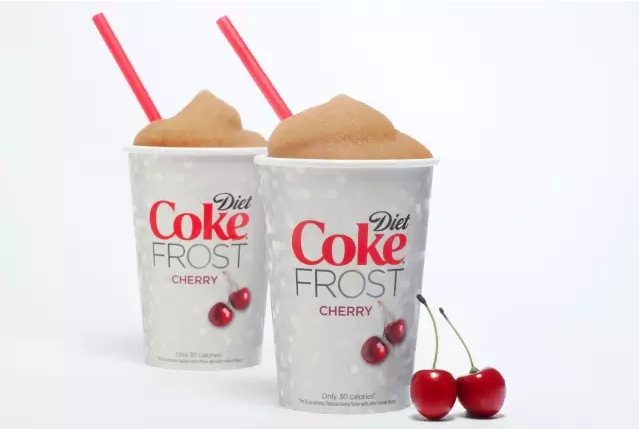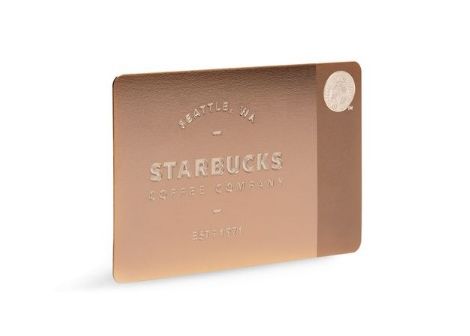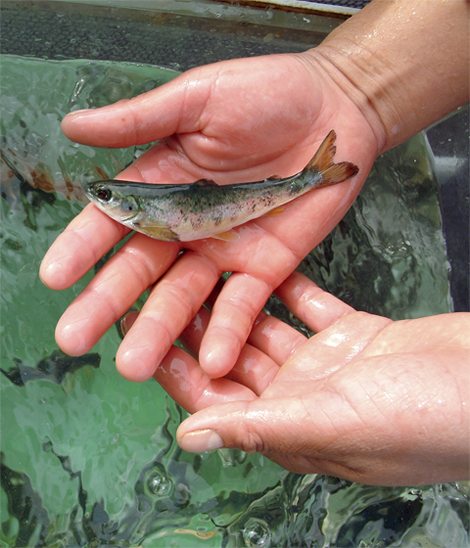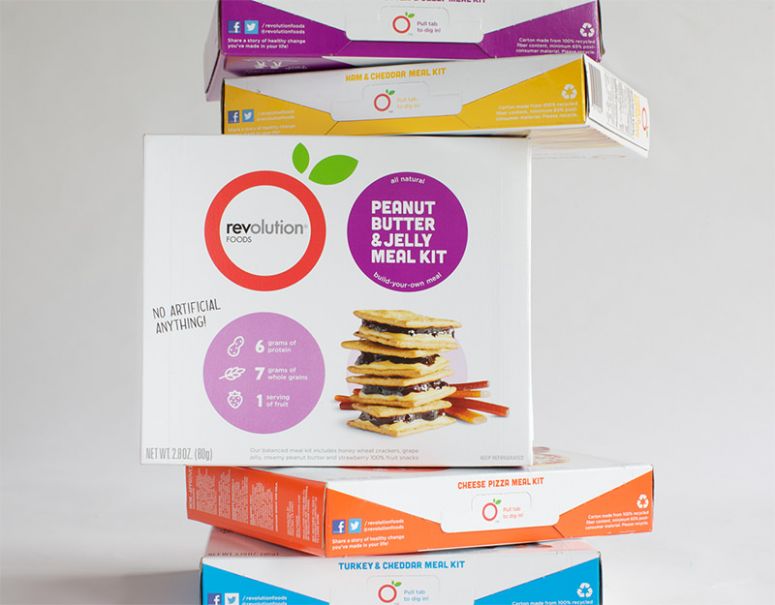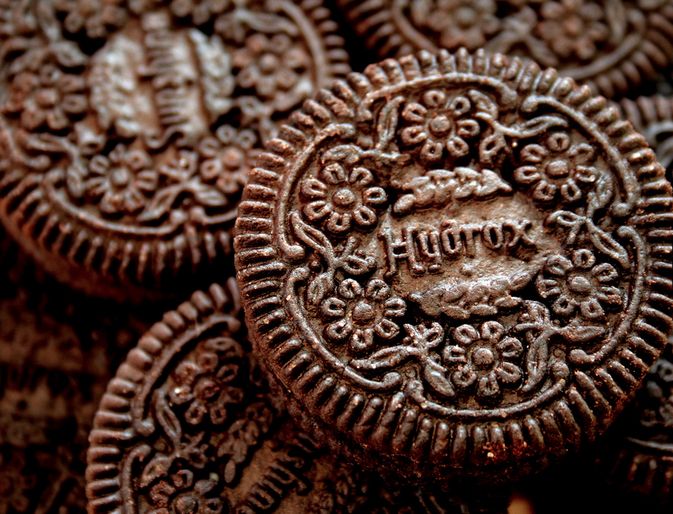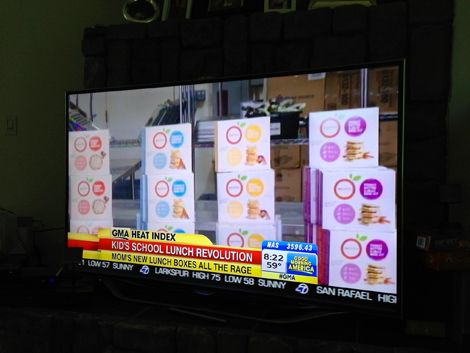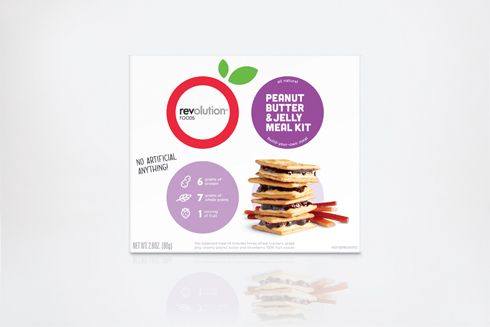Until now, there have been Lunchables and, well, Lunchables.
The Kraft Food Group’s Oscar Mayer brand created the concept of prepackaged lunch meals for children in 1988 and has effectively owned that business ever since, with sales accounting for 76 percent of the small but lucrative $1.35 billion niche product category, according to IRI, a market research firm in Chicago.
But starting this month, some grocery refrigerator cases will be adding a new competitor, Revolution Foods Meal Kits.
The kits are the first foray into the grocery store by Revolution Foods, an Oakland, Calif., company founded by two women seven years ago to supply school cafeterias with healthier prepared foods. “We felt like now was the right time,” said Kirsten Saenz Tobey, co-founder and chief innovation officer. “Consumer awareness of food nutrition and demand for healthier, natural products is high and especially in this category of convenient, grab-and-go foods.”
The new products will show up this month in Safeway stores in Northern California, H-E-B and Central Market stores in Texas and King Soopers in Colorado. Introduction of the four products — Peanut Butter and Jelly, Cheese Pizza, Turkey and Cheddar and Ham and Cheese — will continue in September in Whole Foods in the Bay Area and the following month in Target stores in the Northeast and Southwest.
“There’s good potential for new brands to come in and establish themselves in this category,” said Rick Shea, a former Kraft manager who owns Shea Marketing, a consulting firm. “Portable foods are still very relevant to dual-income households with kids on the go, and products like these suit their needs.”
Lunchables has long been a favorite target of food critics, who contend that the product has too much fat, sugar and preservatives. Sales stagnated in the mid-2000s, as childhood obesity began reaching a national crisis and before Michelle Obama made children’s nutrition her cause.
In 2003, Kraft tried addressing the criticism with a line called Lunchables Fun Fuel that replaced candy with yogurt and used a better quality of fruit juice, but dropped the line after two years because of weak sales. A few years later, the company scrapped its Maxed Out line of Lunchables, one of which had landed on the Cancer Project’s list of Five Worst Packaged Lunchbox Meals. It had 660 calories — more than a Big Mac — and 22 grams of fat.
Then in 2011, Kraft introduced Lunchables With Fruit with a $20 million advertising campaign that featured a fruit cup.
The change drove sales to new heights, and last summer Kraft added Lunchables With Smoothie. “These two products are definitely meeting a specific consumer need by providing a full serving of fruit,” said Sydney Lindner, a spokeswoman for the brand. “Smoothies has also proved to be very popular, and we’ve just added a new ham sub sandwich to the line.”
In the 52 weeks that ended July 14, sales of Lunchables exceeded $1 billion, according to IRI, a 7 percent increase over the comparable period a year earlier. The brand has continued to win share from Armour LunchMakers, a competing product from Smithfield Foods whose sales slipped 3.5 percent, to $161.5 million, in the same period.
“We really feel that as new competition enters the market, we’re going to continue winning by listening to our customers and continuing to innovate,” Ms. Lindner said.
Margo Wootan, a registered dietitian who is director of nutrition policy at the Center for Science in the Public Interest, has long watched the evolution of Lunchables. “Most Lunchables are terrible,” Ms. Wootan said. “If a parent goes to the Lunchables section in the refrigerated case and just picks one out, chances are extremely high that she will get a lunch that is high in sodium, sugar and fat. Out of many options maybe four or five offer somewhat better nutrition.”
But she was not much more complimentary to the Revolution Foods Meal Kits. “You have a little better odds of getting something better than Lunchables,” Ms. Wootan said. “I wouldn’t call it healthy, though it is nutritionally improved.”
She said it was almost impossible to put meat, cheese and crackers together and make the combination healthy, and she questioned why Revolution Foods did not include a cup of fruit — peaches in a light syrup, say, or apple sauce — instead of fruit strips.
“Things like locally grown, natural and organic with no additives are important to a lot of people,” Ms. Wootan said. “Some of that overlaps with nutrition and some of it doesn’t. Natural food can be healthy, but some of it is just junk.”
Kristin Groos Richmond, co-founder and chief executive of Revolution Foods, said the company’s primary goal was to provide parents like her and her business partner with higher-quality ingredients in a “better for you” product, not just to win a nutrition contest. “We’ve not only focused on making sure we have a compelling nutritional panel, but also on one of our largest points of distinction — our ingredient standards,” Ms. Richmond said. The company was started in 2005 with an investment from DBL Investors, a private equity firm that seeks to generate social and environmental returns along with profits, and from several major foundations with interests in health.
The Revolution Foods Ham and Cheddar Meal Kit includes ham from animals raised without antibiotics and promises no artificial colors, flavors, preservatives or high-fructose corn syrup, among other things.
It has 270 calories with 12 grams of fat and 14 grams of sugar, mostly from the fruit strips, which is not all that different from a similar product made by Smithfield Foods, the Armour Cracker Crunchers LunchMaker.
The LunchMakers product with ham and processed cheese has four crackers and includes a small Nestlé Crunch bar instead of fruit. Slightly lower in weight than the Ham and Cheddar Meal Kit, it has 210 calories with 10 grams of fat and 8 grams of sugar.
The Lunchables With Fruit version of ham and cheese is jazzed up with a small Kellogg’s Rice Krispies Treats bar, mayonnaise and a Capri Sun flavored water pouch. Including the extra components, the meal has 340 calories with 8 grams of fat and 28 grams of sugar.
It is not known whether more natural food alone will be enough to put a dent in the market share of Lunchables. Phil Lempert, a food industry analyst behind the Web site supermarketguru.com, said it would not be easy. For starters, he said, Kraft has longstanding relationships with supermarket dairy case managers, who control some of the most sought-after and expensive real estate in stores.
“People have tried to knock off Lunchables before and failed,” Mr. Lempert said. “The environment is different today, though, with all the attention to food allergies and nutrition for kids.”
He noted, however, that children had greeted the new foods brought to them by the federal food guidelines with something bordering on disdain, tossing the additional fresh fruits and vegetables into the trash. “Even a lot of salad bars in the schools aren’t being used for salad,” Mr. Lempert said. “They’ve been turned into taco bars.”
—–
By Stephanie Strom, New York Times, August 21, 2013
Original article can be found here.



